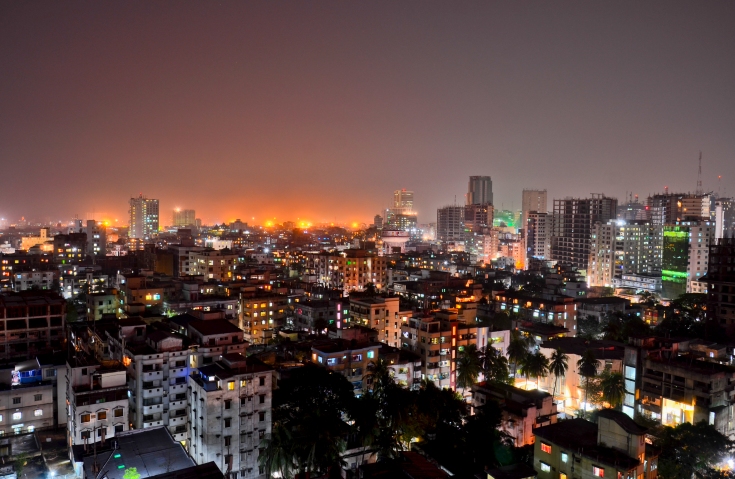10 Points from the BCG's Market Report
Boston Consulting Group (BCG) recently teamed up with LightCastle Partners, a data and analytics startup from Bangladesh to release a report, titled ‘Bangladesh: The Surging Consumer Market Nobody Saw Coming’. In 2025, middle and affluent class Bangladeshis (individuals with an annual household income of $5000 or more) will account for 17% of the population. In terms of numbers, many interesting trends were identified through this study in which 2000+ consumers were surveyed. Here are 10 key findings:
- 3 out of every 5 Bangladeshi cities will have at least 100,000 middle and affluent class individuals in the next decade
- 3 out of 5 consumers think their incomes will rise in the next one year
- 4 out of 5 consumers care highly about brands in their purchasing decisions, along with budget and quality.
- 68% of middle and affluent Class Bangladeshis own internet-enabled smartphones
- 88% of Bangladeshi consumers trust information found online
- Product information is searched online by 66% of Bangladeshi consumers
- Only 20% of middle and affluent class Bangladeshis use credit cards-the consumer credit market is still underdeveloped
- Family needs are met before individual needs by 75% of the population. This means Bangladeshi individuals care for their families more than Indonesians (57%), Thais (55%), and Burmese (38%).
- Discounts are not exciting for most Bangladeshi consumers, less than 40% of Bangladeshi consumers care about discounts
- 94% Bangladeshis shop at traditional retail outlets and e-commerce is still in its early days with only 15% of middle and affluent class individuals shopping online
Unlocking the numbers
While most of the concentration continues to be in Dhaka and Chittagong, other cities across Bangladesh provide an array of opportunities in terms of tapping into new consumer markets. Consumer confidence is high and consumers are optimistic about having better incomes and about buying quality products, both durable and non-durable. ‘Family’ is the keyword you need to seamlessly integrate with your business, Bangladeshi consumers think about their family before they think of themselves, if you are a marketer, taking the family angle would make more sense than focusing on discounts – most Bangladeshis are not triggered by discounts. Traditional methods are still highly used in retailing and payments – e-commerce and alternative payment methods still have a long way to go, but whoever’s working on it now will be ahead of the curve since modern retailing and payment methods are the way forward given, the growth of internet usage – particularly, mobile. While buying and selling happen in small numbers online, the internet is a major source for product information already; this means buying and selling will rise in the next decade.
Bottom line: This Report by BCG should come in handy for not only managers foreseeing the future ahead but marketers too. Marketing backed by data at this level is what we need to remain ahead of the curve.






